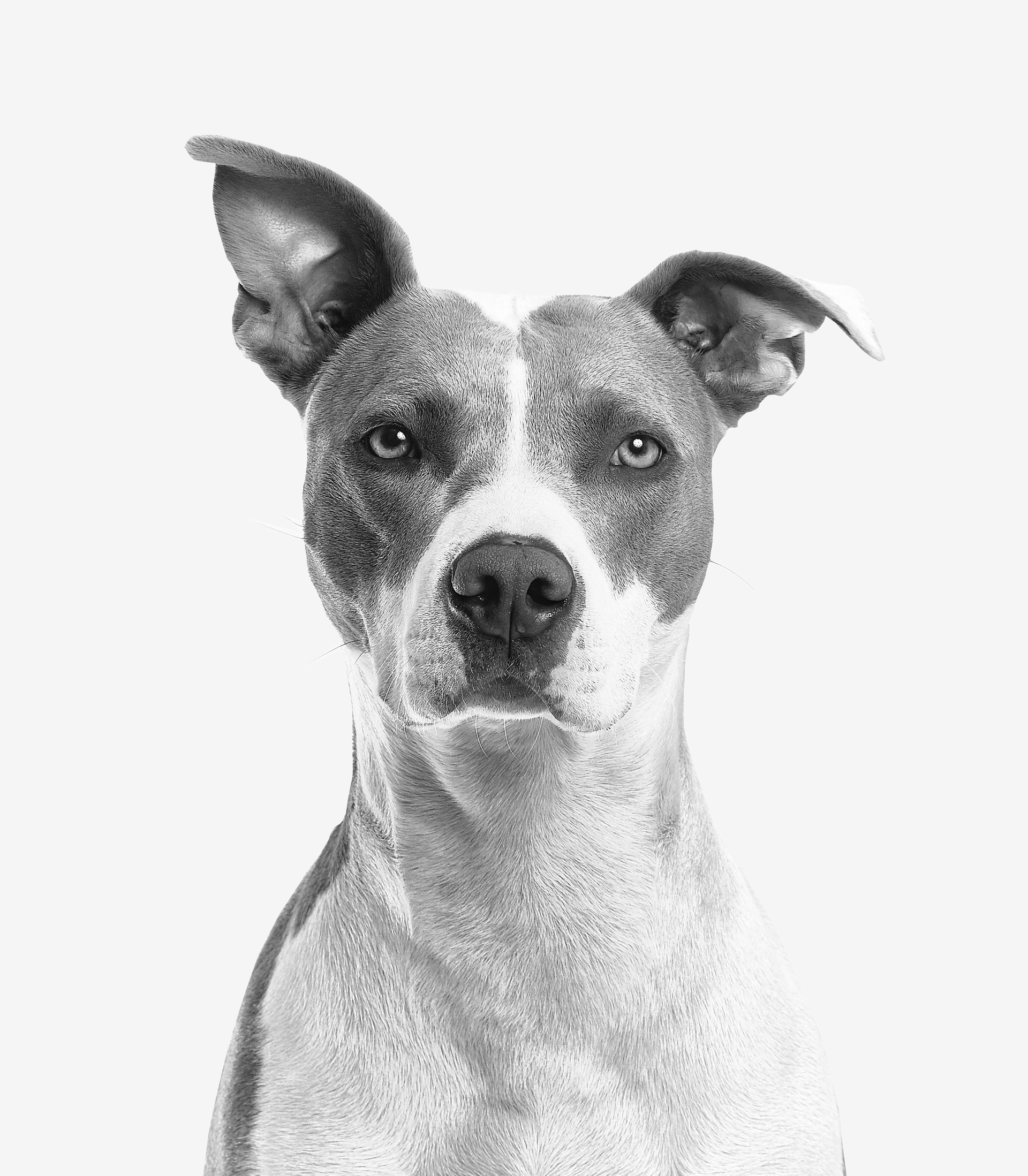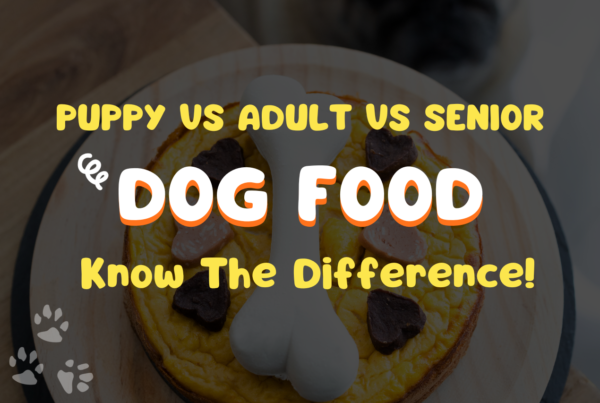
Have you ever thought about whether dogs are able to see every hue of the rainbow or how the world appears to them? Have you ever wondered if dogs have color blindness?
It is a common belief that dogs are incapable of distinguishing between different shades of hue, but recent studies on canine anatomy and behavior have disproved this notion.
According to a study, the dog’s eye can perceive much more than shades of gray, even though bright colors may be beyond their comprehension.
What Is Color Blindness?
Color blindness is an inability to see colors. The degree to which a person is colorblind depends on which of the eye’s color receptors are damaged. Red-green and blue-yellow color blindness is common.
Anyone who is red-green colorblind cannot tell the difference between these hues. Similarly, someone who is color blind to blue and yellow won’t be able to distinguish between a yellow and a blue garment.
When it comes to seeing colors, a dog’s normal vision is most like that of a person with red-green color blindness. Despite this, no further levels of canine color blindness have been identified.
What Colors Can Dogs See?
Dogs can identify shades of gray, black, and white as well as hues of yellow, blue, and brown. That is, red toys appear brown to dogs, while orange toys, which are a combination of red and yellow, appear brownish-yellow.
If you want to stimulate all your dog’s senses while playing, look for toys that are blue or yellow in contrast to browns and grays. This may help to explain why dogs adore those tennis balls in a bright yellow color.
Can Dogs See In The Dark?
Even though dogs may not be able to differentiate between colors as well as we can, their night vision is typically far superior to that of humans. Dogs can see well at night because it’s part of how they evolved. Dogs today are descended from old wild dogs that mostly hunted at dusk and dawn.
So, in order to find their prey, they had to be able to see well in low light. This characteristic has been passed down through the generations and continues to have an impact on a dog’s vision until today.
Canines can see effectively in the dark thanks to the unique anatomical characteristics of the canine eye. Their pupils are larger, which lets more light into the eye even in conditions when there is a limited amount of light.
There are also a lot more rods in a dog’s eye than a human’s, and rod cells are what aid with low-light vision. The canine eye is superior to a human’s when it comes to seeing things move, especially far away, because rods also aid in catching movement.
How Dog And Human Eyes Differ
Rods and cones are two different categories of light receptors found in our eyes. Cones respond to various light frequencies, whereas rods merely act as light detectors (in other words, different colors).
Humans are trichromatic. We have three different kinds of cones, which generally translate into red, blue, and green. On the other hand, dogs are dichromatic, two different kinds of cones, which basically translate to blue and yellow.
Comparatively more rods are found in dogs than in humans. That implies that dogs have improved vision in dim light. Dogs are also more adept at recognizing motion because of the high proportion of rods.
Dogs, however, have a relatively poor vision by human standards. The average dog has a vision that is equivalent to 20/75 vision. A dog’s visual acuity is limited, therefore it would only be able to read the first three lines (although for a dog, being able to read an eye chart would be quite an accomplishment!) Dogs view close-up items similarly to humans, but dogs can see distant objects very hazily.
Does Breed Affect Vision?
It should come as no surprise that a dog’s breed affects several physical traits, including height, mobility, and even respiratory health, but were you aware it can also impair their vision?
The form of a dog’s face can affect how well they see. Although it might not affect how they perceive color, it might cause their entire field of vision to differ from other breeds.
For instance, a dog like the Borzoi, which has a long nose and a small face, has a wider range of peripheral vision than it does of binocular focus. On the other hand, brachycephalic breeds like the Pekingese have a larger blind spot but a wider field of vision.
So the next time your dog seems to be having trouble finding a toy that is right in front of him, remember that he might not be able to see it. The toy could be too brightly coloured for your dog to see, such as red or orange, or it could have simply been placed into your dog’s blind spot.
When in doubt, give them a yellow or blue toy to keep their attention on it, and don’t forget to encourage them along the way.
What Does This Mean To You and Your Dog?
In light of the fact that you are now aware that dogs are unable to see certain colors, it makes sense to buy things for them that have colors that they are capable of seeing. This clarifies why certain dogs are fascinated to play with yellow tennis balls but have little interest in pink or red tennis balls.
If you want to have your dog recover a ball or bumper from the grass or water, don’t go for a red object. It’s might prove to be troublesome for your buddy to find it. And if you’re going to train him to tell the difference between two toys, it’s best to use one blue and one yellow. These days, toys for canines typically come in either a bright red or orange hue. However, dogs have trouble seeing colors like red and orange.
This means that you dog might not be stubborn or stupid when he rushes right by the toy that you tossed for him to play with. It could be your fault that you bought a toy whose color blends in too well with the green grass outside.






